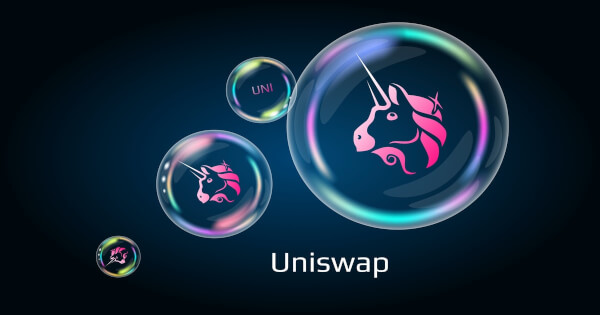Analyzing Market Making Dynamics on Uniswap (UNI)
Darius Baruo May 31, 2024 07:06
Explore the intricate dynamics of liquidity supply and demand on Uniswap.

Uniswap (UNI), a leading decentralized exchange (DEX), continues to evolve as market makers navigate the complexities of its liquidity landscape. According to Glassnode Insights, the introduction of concentrated liquidity in Uniswap V3 has significantly altered the competitive environment, providing market makers with more flexibility to manage their positions while increasing the complexity of decision-making processes.
Understanding Liquidity Supply and Demand Dynamics
The second part of Glassnode Insights' ongoing research delves into the dynamics of liquidity supply and demand on Uniswap. This report aims to assist market makers in comprehending the factors influencing their strategies and optimizing returns. Uniswap V3’s concentrated liquidity allows market makers to allocate liquidity to specific price ranges, thereby enhancing capital efficiency.
Market makers must consider several factors when selecting pools, including the type of token pair, fee tiers, existing liquidity, and the price range for providing liquidity. These elements collectively determine the fees generated for the pool and the share of fees attributed to liquidity providers (LPs). Additionally, traders are attracted by low fees and active reserves, as they seek to minimize slippage in trades.
Capital Efficiency in Liquidity Pools
Glassnode's analysis highlights the importance of capital efficiency within Uniswap pools. By utilizing a metric known as Active Value Locked (AVL), the study measures the average reserves actively applied within a pool each day. The data reveals that the USDC/WETH 0.05% pool has consistently shown higher trading volumes and fee generation compared to the 0.3% pool, despite having a lower Total Value Locked (TVL).
The charts indicate that the AVL in the 1% pool has been actively managed, with around 5% of the pool's liquidity being engaged. In contrast, the 0.3% and 0.5% pools exhibit lower levels of active liquidity management, with a significant portion of liquidity remaining passive.
Dancing Around Fees
The profitability of USDC-WETH pools is closely tied to fee tiers and trading volume. The analysis shows that the 0.05% pool has become more dominant in attracting fees over time, compared to the 0.3% pool. Market makers tend to optimize their positions within a pool rather than shifting liquidity between pools, responding to changes in profitability by readjusting their liquidity concentration.
Glassnode's findings suggest that existing liquidity in a pool plays a lesser role in market makers' decision-making frameworks. Instead, they focus on the potential fee revenue generated by trading activities within specific fee tiers.
This comprehensive analysis concludes the second chapter of Glassnode's research into Uniswap's market-making mechanics. The upcoming third chapter will provide further insights into the strategies deployed by liquidity providers and the impact of Just-In-Time (JIT) bots on the Uniswap ecosystem. For more detailed information, refer to the original report on Glassnode Insights.
Disclaimer: This report is for informational purposes only and does not constitute investment advice. Readers are encouraged to conduct their own research and make their own investment decisions.
Image source: Shutterstock.jpg)
